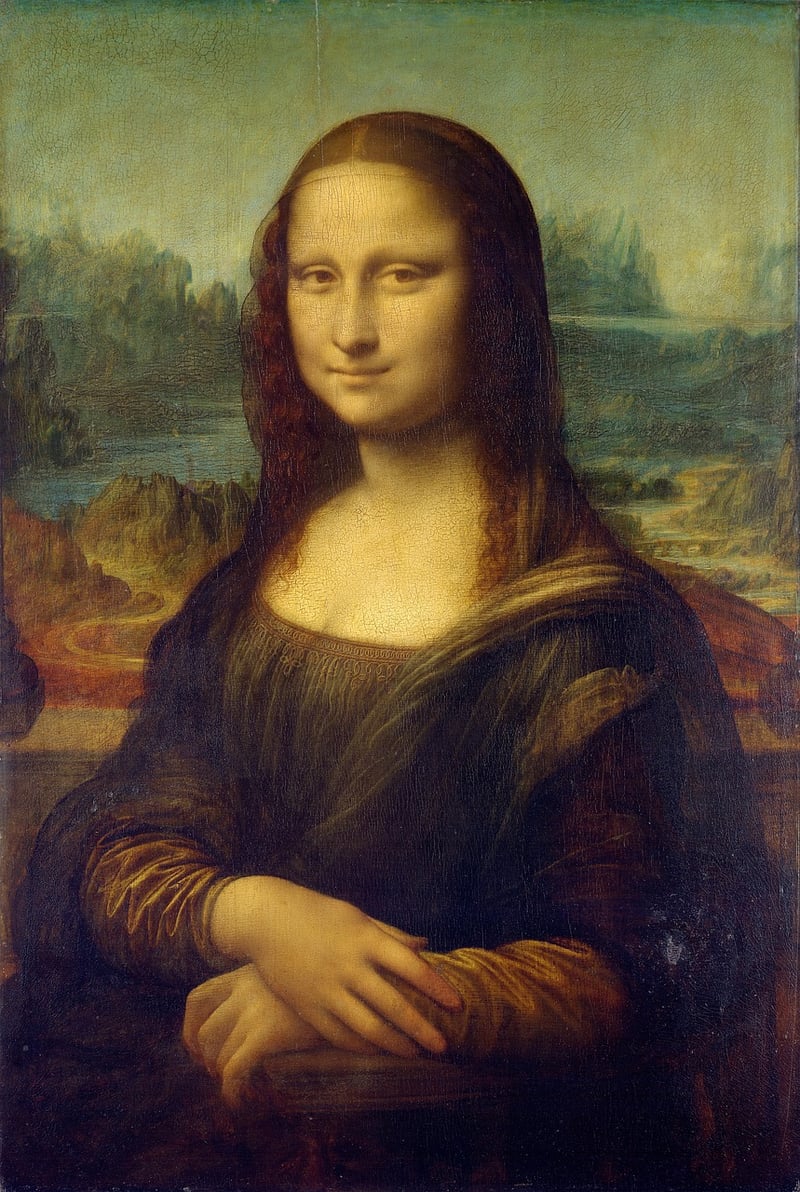Contemporary
The Power of Expressive Movement in Contemporary Art

Contemporary art is a dynamic and evolving field that often embraces expressive movement as a powerful form of artistic expression. Artists across various mediums use movement to convey emotion, energy, and meaning in their work, creating pieces that are not just visually engaging but also deeply impactful.
Exploring Expressive Movement
Expressive movement in art is characterized by the artist's use of brushstrokes, gestures, or physical movements to convey a sense of emotion or energy. It goes beyond mere representation to capture the essence of a moment or feeling, inviting viewers to connect with the artwork on a visceral level.
Key Elements of Expressive Movement
- Gesture: Artists use bold and dynamic gestures to create movement and energy in their work.
- Color: Vibrant and contrasting colors are often used to evoke different emotions and moods.
- Composition: The arrangement of elements within the artwork plays a crucial role in conveying movement and emotion.
- Texture: Textural elements add depth and dimension to the artwork, enhancing the overall impact of the expressive movement.
Examples of Expressive Movement in Contemporary Art
Many contemporary artists incorporate expressive movement into their work, pushing the boundaries of traditional art forms and techniques. From abstract paintings to performance art, here are some notable examples:
- Jackson Pollock: Known for his drip painting technique, Pollock's work is a prime example of expressive movement in action.
- Marina Abramović: A pioneer of performance art, Abramović uses her body as a tool for expressing intense emotions and experiences.
- Yayoi Kusama: With her immersive installations and bold use of color and pattern, Kusama's work is a celebration of expressive movement.
The Impact of Expressive Movement
Expressive movement in contemporary art has the power to evoke strong emotions, spark meaningful conversations, and challenge conventional ways of thinking. By embracing movement as a form of expression, artists can create works that resonate deeply with audiences and leave a lasting impression.
Whether through bold brushstrokes on canvas or captivating performances in a gallery space, expressive movement continues to shape the landscape of contemporary art, pushing boundaries and inspiring viewers around the world.
